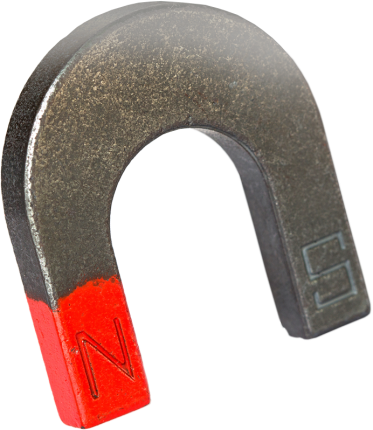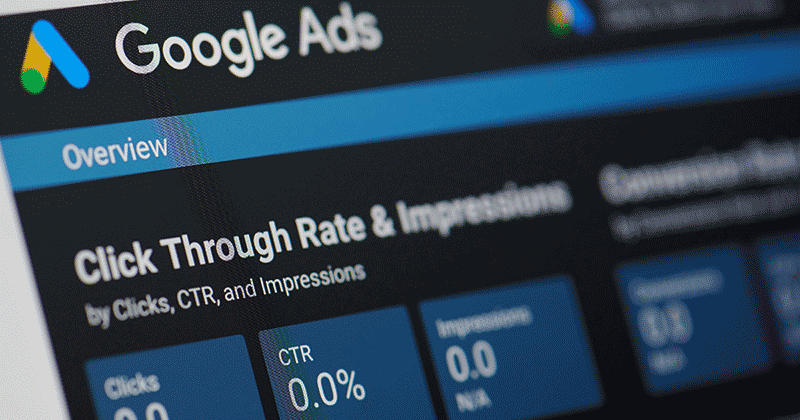Defending Your Paid Search Budget Against New Ad Fads
If you’re at SMX, I hope you took advantage of that short break and devoured the delicious chocolate brownie they were offering. Because I did, and let me just tell you, it was damn yummy!
It’s the heart of the afternoon and Jeffrey K. Rohrs (ExactTarget) is here moderating with speakers Brian Combs (Apogee Search), Adam Jewell (NetPlus Marketing Inc.) and Kchitiz Regmi (Milestone Internet Marketing, Inc.) Little Rob Kerry (Sphinn) will be acting as Q&A moderator. If we’re lucky maybe we can get him to speak. I understand about every fifth word that comes out of his mouth. Hee.
[Note to Self: Please bring your glasses tomorrow. You know you’re blind without them.]
First up is Brian Combs. Everyone wave to Brian.
When defending things, realize that it’s not just about the budget. It’s very much about time.
- A larger investment may be time
- 2nd Tier Search Engines
- Price Comparison/Shopping Search Engines
- Allocate Specific Time for Testing
- New Keywords
- Ad Copy Variants
- New Landing Pages/Lead Bait
- New/Additional Advertising Vehicles
Hidden Costs of Tests: There’s a high initial ad buy. Testing often requires new creatives, which means additional ad copy, incorporating video and audio, graphical concerns, and print.
Know your numbers.
- Must have functional, accurate metrics and analytics
- Cost Per Lead/Cost Per Acquisition: By ad group and by keyword
- Separate Different Types of "Paid Search": Keyword search, content match, placement targeted, pay-per-action, etc.
- Prove the ROI: Budget may be taken from elsewhere.
Paid search informs other online advertising. Test ad copy variants, use different landing pages to test different messages, geographic and/or demographic targeting, and immediate inexpensive results. All of this could result in budget increased.
If all else fails, toss out some F.U.D. What if the CEO searches for a keyword and doesn’t find it? What if this causes us to miss our lead numbers? Show your boss what competitors are doing in paid search. Point out that the company will lose the reward points they’re getting on the credit card in the Google and Yahoo accounts. Hee, nice. Let’s instill fear!
Next up is Adam Jewell.
What do you need to do to protect your SEM budget?
- Clearly define your online goals and what success means: Your Web site has one purpose — To maximize output and to get as many people as possible to take the next step or steps down the path to whatever makes you more money or furthers your organizational goals. That could be sales revenue for a retailer, could be leads for B2B, could be donations and educating an audience for a non profit, could be page views or registrations for a publishers for a CPG company, etc.
- Get buy-in form appropriate stakeholders on Web site business goals: You need to educate people in the organization – the Internet is a SALES tool, not just a marketing channel. Results of campaigns can be measured in large part based on sales, not just impressions targeted to demographics. Develop and explain reports that track all high value tasks – sales, store locators, leads, multi-page site visits.
- Attempt to get "fad ad" (or any non-search ad) metrics on par with search: Create an apples to apples comparison between programs. Look at your Web site as a sales funnel – what drives the most sales and gives the best ROI? Measure "soft" conversions and associate dollar or point values with them. Recognize that non-search programs – rich media, behavioral targeting and others do have value beyond 90 day cookied sales and account for that.
- Focus on highest leverage ROI drivers to maximize ROI across all advertising and promotional programs: Identify programs with the best ROI and fully fund those first. An affiliate program probably provides the best ROI when adequately supported, search will probably be second, behaviorally targeted media programs next. Keep those three as your core programs and use additional funds to test and expand other types of online advertising. Use landing page testing and analytics to improve the performance of all traffic coming into the sales funnel.
- Use all your Web site statistics to help evaluate programs: Ad and search management tools only track parts of your online ad campaign. Do certain programs result in an increase in direct referrals>? Do any "fad ad" campaigns result in additional incoming links or other long term benefits? How do your total sales trend when you combine banner or rich media campaigns, social campaigns, widgets or other non-traditional ads?
It’s absolutely essential that marketers understand what is behind all these metrics so that they are able to make intelligent spending decision.
Last but not least is Kchitiz Regmi. Wow, it took me four tries to get that straight. Sorry!
The network of paid search is growing by the day, expanding to video and mobile search.
Advancement in Paid Search: Originally there was just a basic PPC model where the highest bidder got the highest position. Now we can have geotargeted ads, mobile ads, video ads, local ads, etc. Because it covers such a broad spectrum, it’s hard to put this on the back burner.
Video ads in YouTube. YouTube is now running ads at the bottom of their player. When someone clicks, it pauses the video and displays the full ad.
Revenues from Paid Search: Global Search revenue will reach $30.5 billion in 2008, up form a previous estimate of $26.2 million. By 2011, it is expected to reach $60 billion. Paid search revenue grew by 48 percent last year.
Paid search advertisers have been able to see a high return on investment – as high as 15-20 times their investment. If proper tracking mechanisms are in place, there is no ambiguity in terms of revenue generated from paid search. Effectiveness of a paid search ad is very easy to determine.
Tips for Creating An Effective Paid Search Ad: Keyword Research, setting up geo-targeted campaigns, A/B Testing and landing page testing.
Question & Answer
How long should it take to find converting keywords, weed out the bad ones and arrive at an optimized paid search campaign?
Kchitiz: When they first set up an ad campaign they monitor it on a regular basis. The frequency of the testing needs to be much more at the beginning. As time goes on, you’re able to just focus on the highest converting terms and then weed out the bad ones.
Brian: It’s hard to set the amount of time on the front end because everything varies so much. On a campaign of $1,000, I would think you’re looking at spending 5-10 hours a week.
Adam: It depends on a number of things. Typically when we have a new client come on we kind of guess how long it will take to manage campaigns initially. If we’re working with a new service provider, it’s not about bid management; it’s about the intelligence that they give us. That’s when you really spend a lot of productive time on paid search campaigns. If you have all that you can spend a lot of time on it.
What’s your opinion on intext ads? (I hate them!)
Brian: They generate traffic, there’s no doubt about that. He suspects that you don’t have a buyer who’s in the buy process so you have to expect your conversion rate to be lower as a result. Do your pricing with that in mind.
Where you see issues where clients are having to defend their paid search budgets, do you see folks trying to "split the baby"?
Adam: For us it hasn’t been a problem. Search is fully-funded across all of our clients. We haven’t seen any issues between search and media. If we want to influence them, whether or not you include your own trademarked campaigns with the other stuff will have a huge influence on whether or not those campaigns get through (ie your trademarks convert really well and will help supercharge the other campaigns).
26,000+ professionals, marketers and SEOs read the Bruce Clay Blog
Subscribe now for free to get:
- Expert SEO insights from the "Father of SEO."
- Proven SEO strategies to optimize website performance.
- SEO advice to earn more website traffic, higher search ranking and increased revenue.

One Reply to “Defending Your Paid Search Budget Against New Ad Fads”
How come I can understand American accents and yet Americans look at me as if I’m speaking Mongolian? Maybe my drunken slurring makes me sounds less like Harry Potter.
LEAVE A REPLY









